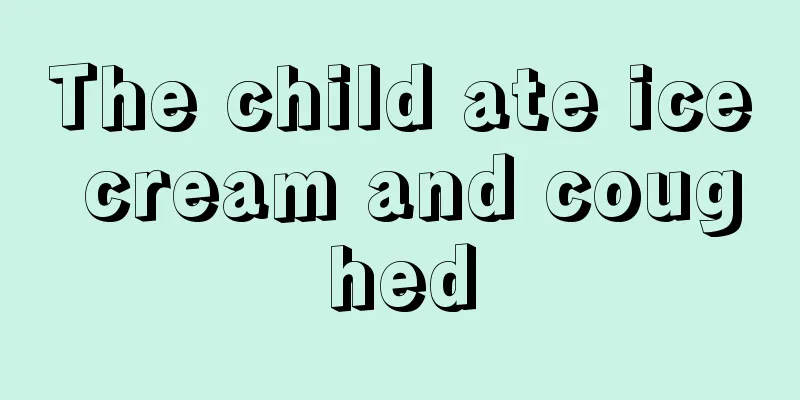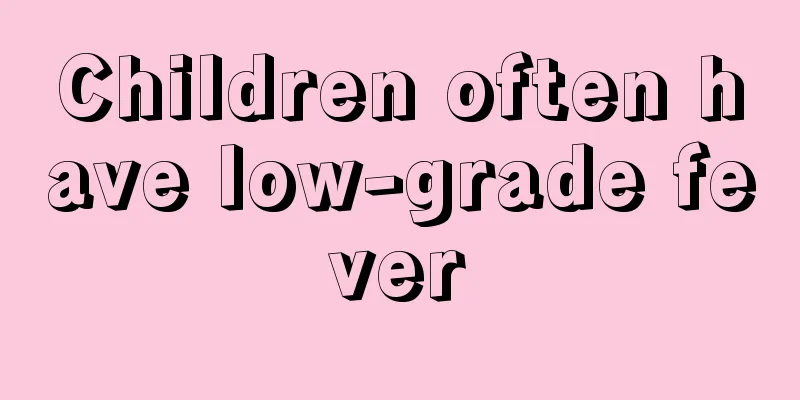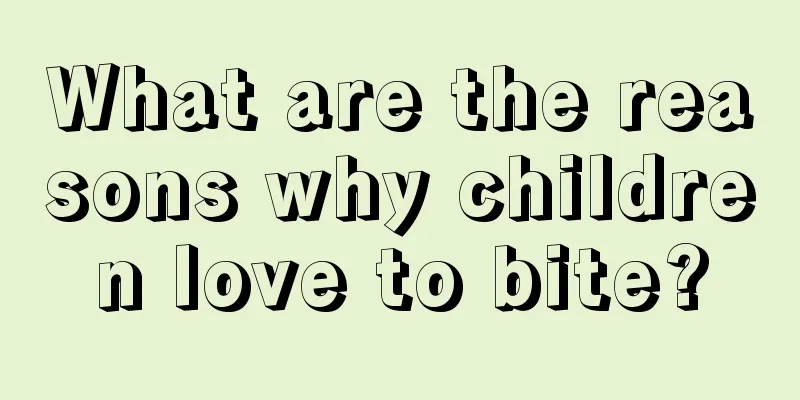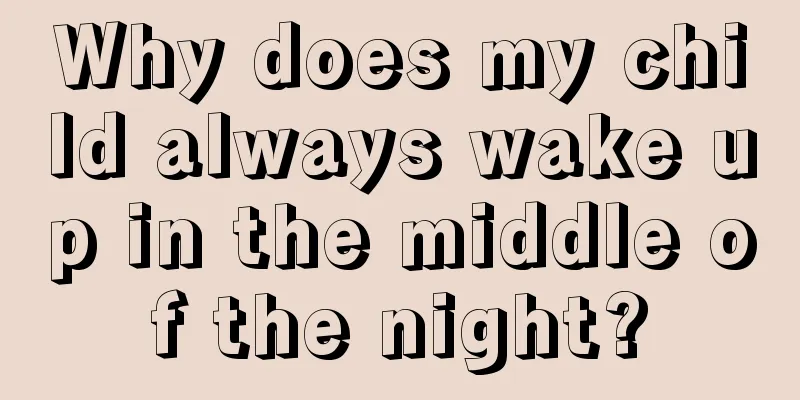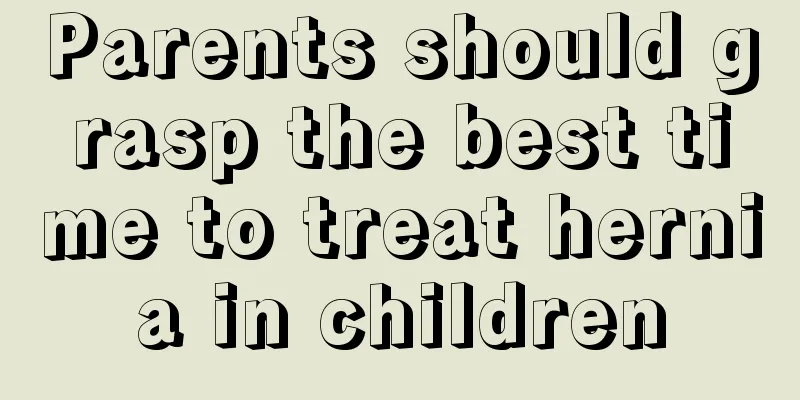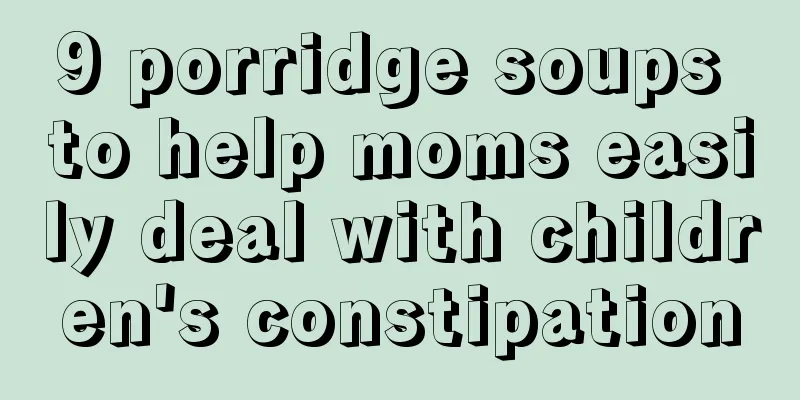What are the treatments for fever in children?
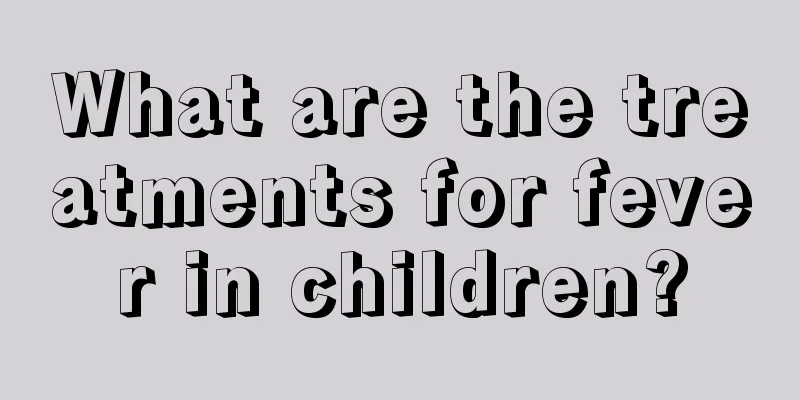
|
Fever in children is very common in life. Fever is divided into low fever and high fever according to the severity. It affects the patient's physical health and also affects the patient's life. When a child has a fever, you must pay attention to the treatment of fever in children. It must be treated symptomatically, otherwise it will affect the progress of treatment. If the high fever does not subside, it will burn the patient's brain and affect the patient's future life. So what are the treatment methods for fever in children? Don't rush to cool down If the doctor determines that you just have a cold, it is best not to rush to take antipyretics within your tolerance range. Having a high fever is one of the body's mechanisms to fight infection. Our body mobilizes its own defense system to kill foreign pathogens by raising body temperature (generally speaking, pathogens will die above 39°C), thereby shortening the duration of the disease and enhancing the effectiveness of antibiotics. If you use medication to reduce fever at the onset of a cold (37-38.5℃), the bacteria in your body will be temporarily put into a state of suspended animation and become resistant to the drugs. Once they revive, they are often more difficult to treat. Cold compress If a high fever is too much for you to handle, you can use cold compresses to help lower your body temperature. Place a cold wet towel on your forehead, wrists, and calves, and cover other parts of your body with clothing. When the cold compress reaches body temperature, it should be changed and repeated until the fever subsides. You can also wrap ice cubes in a cloth bag and place it on your forehead. Heat If the body temperature is not too high, you can use hot compress to reduce the fever. Use a hot, wet towel to repeatedly wipe the patient's forehead and limbs to dissipate heat from the body until the fever subsides. However, if the body temperature rises above 39°C, do not use hot compresses to reduce the fever. Instead, use cold compresses to prevent the body temperature from continuing to rise. Wipe your body Evaporation also has a cooling effect. Experts recommend using cool running water to help dissipate excess heat from the skin. Although you can sponge your entire body, pay special attention to areas where your body temperature rises, such as your armpits and groin. After squeezing out excess water from the sponge, wipe one area at a time, keeping the rest covered with clothing. Your body heat will evaporate this water, helping to dissipate the heat. Fluid replacement When you have a high fever, your body sweats to dissipate the heat; but when you have a high fever, your body loses too much water and closes its sweat glands to prevent further water loss, which prevents your body from dissipating the heat. The solution is to replenish fluids, drink plenty of boiled water and fruit and vegetable juice, which are rich in vitamins and minerals, especially beet juice and carrot juice. If you want to drink tomato juice, choose a low-sodium product. However, the absorption degree of fruit juice is lower, so it is recommended to drink more water. Solid foods should be avoided during a fever until the condition improves. If the vomiting is not serious, you can also eat ice cubes to reduce fever. Pour juice into an ice tray and freeze it into ice cubes. You can also put grapes or strawberries in the ice tray. This is especially popular among children with a high fever. There are many ways to treat fever in young children. When the patient has a fever, good care must be taken and the patient is advised to drink plenty of water to replenish the body's water and prevent dehydration caused by fever, which can be very harmful. And also observe the fever situation. If the fever cannot be reduced for a long time, drug treatment must be carried out. At the same time, take care of the patient's emotions to avoid the patient's irritability causing the body temperature to rise. |
<<: What to do if your child has repeated fever and cough
>>: How to adjust the diet of a one-year-old baby with poor appetite?
Recommend
Treatment and prevention measures for fever and cold in children
Are there any good treatments and preventive meas...
Can lactulose treat constipation in babies?
Constipation is a problem that occurs among peopl...
What are the symptoms of autism in children?
Nowadays, many children suffer from autism due to...
What should I do if my baby doesn’t sleep well in the second half of the night?
Many mothers are complaining that their babies ha...
What are the symptoms of liver function in children?
Children's liver function should be the most ...
What to eat for eight-month-old baby constipation
Defecation is a physiological phenomenon, through...
What to do if your five-month-old baby has a cold and stuffy nose
It is common for newborn babies to have a cold an...
How to teach your two-year-old baby
We all know that babies have very strong learning...
Should Baby Strengthening Spleen Powder be taken before or after meals?
As people pay more and more attention to their ph...
What should I do if the umbilical cord does not fall off for two months?
After the baby is born, the umbilical cord will u...
How to draw blood from the baby's foot
We all know that although blood drawing is simple...
What is the matter with a five-month-old baby sucking his fingers?
Sucking fingers is an action that every baby will...
Swollen back of child's hand
Children are generally naughty, and most of them ...
What to do if there are red spots on the baby's buttocks
There are red spots on the baby's buttocks. I...
What is the reason why babies spit up all the time?
It is a long process for every child to grow up. ...


